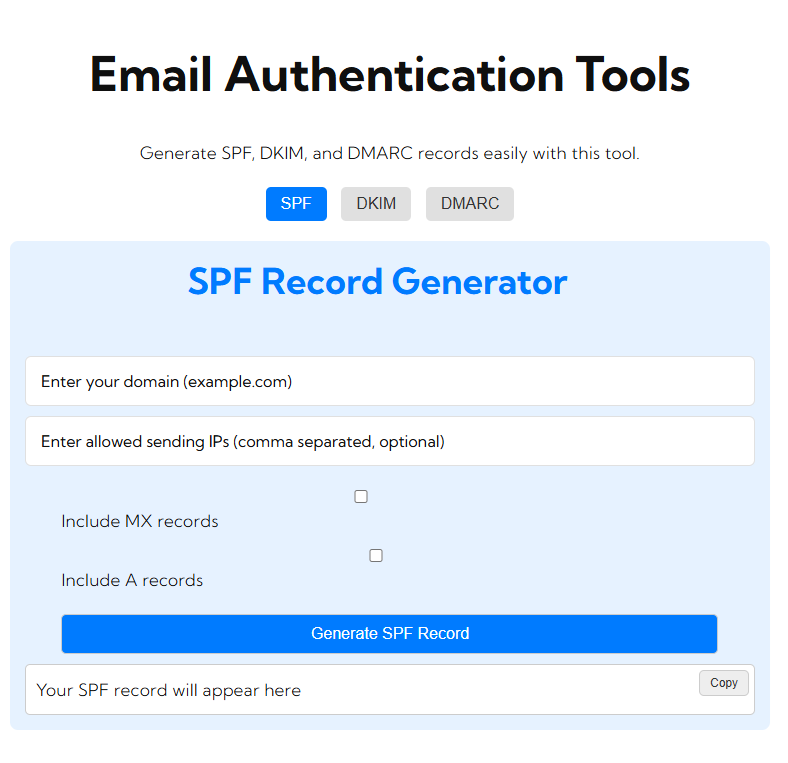This is one of the most important steps in various marketing and communication approaches, but “message blocked” or “can’t send bulk emails” are some of the disappointing messages that sometimes interrupt your efforts. This problem is so common and usually happens when email service providers detect apparent spammy activity in your bulk emails. It is, therefore, important to understand why you get this problem and how to solve it, as this will be one of the most important steps in executing effective email campaigns.
Why Your Bulk Emails Are Blocked
Email services sometimes block bulk emails because they are really strict in the prevention of spam to avoid reaching the inboxes of users. The filters of these services could be triggered by your email practices and thus flag or block your messages entirely. Some of the most common reasons why your bulk emails are getting blocked include:
1. High Spam Score
Many email providers monitor what is coming through in the emails, searching for keywords or phrases or formatting associated with spam. If your email has too many words for being classified as spam, there’s a greater chance it’ll get blocked.
Solution: Tend to avoid spammy words such as “free,” “buy now,” and “urgent,” as well as excessive exclamation points. Keep your email content clean, concise, and well-formatted.
2. Lack of Authentication
Since your emails are not authenticated, they can appear suspicious to the receiving server. These third-party methods for authenticating your emails include SPF, DKIM, and DMARC; this will let the world know that the emails are indeed coming from your domain.
Solution: Implement SPF, DKIM, and DMARC, wherein the records will be used for verification and authentication of your mail.
3. Using a Free Email Service
Neither do you have permission to mass e-mail using free services like Gmail, Yahoo, or Outlook because those services usually limit the number of e-mails you can send in a short period of time and are not designed to do mass e-mailings.
Solution: Use a professional email marketing service like MailChimp, SendGrid, or SMTP relay that does not have any limits on the number of e-mails you may send out.
4. Recipient Complaints
If most of your recipients start marking your email as spam, then it affects your sender reputation. The more the mails appear to be spam, the higher the chance that your emails get blocked.
Solution: Your email list needs to be clean, and you should include those who have opted in for receiving your emails. Avoid purchasing email lists as this is usually comprised of outdated and invalid addresses.
5. Sending Too Many Emails at Once
Email services have limits on how many emails you can send in a given period. If you reach these limits, they may take away your account temporarily or forever.
Solution: Use throttling to send emails in batches over a longer period of time. Throttle your email sends out so as not to pound the server into a pulp and look like a spammer.
Best Practices for Sending Bulk Emails
Here are best practices to avoid getting your bulk emails blocked:
- Warm Up Your IP Address: If you’re using a new IP address, gradually increase the number of emails you send to build its sending reputation.
- Clean Your Email List: Delete inactive, invalid, or duplicate addresses on your list regularly.
- Send With a Known Sender Name: Using a brand name or one of your recognizable sender names can reduce the likelihood of having your e-mails land in spam.
- Include an Option to Unsubscribe: This means that you should allow those recipients who want to be taken out of your email list to do so, keeping your messages out of spam and complying with regulations.
Frequently Asked Questions
- Why is Gmail blocking my bulk emails? Most block bulk e-mails suspected of spam. It may happen due to the suspicious appearance of content, sending too many e-mails at once, or simply because your domain has a bad reputation.
- How can I avoid being labeled as spam by my emails? Make sure you do not send spam, your content is contextual to the recipient, and refrain from using spam words or phrases. Never forget to include SPF and DKIM in authenticating your emails. Only send bulk emails to people who have opted to receive emails from you. One of the best tools to send your bulk emails would be MailChimp.
For high-volume email sends, consider using a dedicated email marketing service, such as MailChimp, SendGrid, or an SMTP relay service. These services are really meant for sending high volumes and include features like keeping your emails from getting flagged as spam.
Conclusion
Sending bulk emails is tricky, at best, since so much depends on spam filters and email provider restrictions. Understanding why your bulk emails are being blocked leads the way toward good delivery rates by ensuring best practices, such as email list hygiene, proper authentication, and professional email services. Avoid mass emailing using free email services and invest in a reliable email marketing solution which will reach your audience effectively. Bulk emails, if approached correctly, can end up in your clients’ inboxes, not in the blocked folder.






